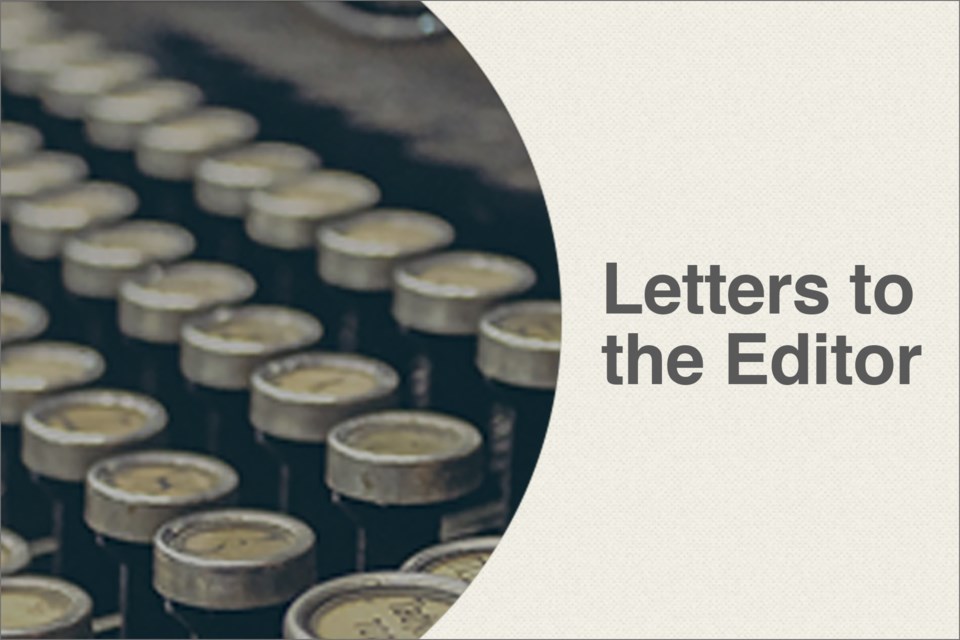To the editor:
Does it make sense for the city of Thunder Bay to go ahead with a $42 million dollar indoor turf facility at a time of record municipal debt; when there’s a pandemic underway that’s undermined revenues and boosted expenses, when the city plans to go ahead with the project without help from the federal or provincial governments, When the city already has some of the highest property taxes in Ontario and finally, when the private sector is already investing in an indoor turf facility to serve the marketplace.
You aren’t getting an answer to that important question from city hall staff.
City councillors are scheduled to vote later this month on whether to damn the torpedoes and add another $15 million dollars in debenture debt on top of raiding city rainy-day funds.
All of this when almost none of those voting to make this commitment had it as part of their platform in the last election.
Lakehead University Professor Livio Di Matteo has parsed the city’s latest financial reports. They were published on-line in the agenda for council’s Committee of the Whole meeting in late July.
“Thunder Bay’s per capita municipal debt rose from $1,618 in 2015 to $1,839 in 2018 – an increase of 14 per cent. Over the same period, its provincial municipal counterparts on average went from $699 per capita to $758 – an increase of eight per cent. By 2018, the per capita municipal debt in Thunder Bay was essentially more than twice that of the average in Ontario. Of course, if one has reserves, then the potential impact of the problem is mitigated. However, while the average in Ontario is essentially one dollar in reserves for every dollar in outstanding debt, in Thunder Bay the ratio is nearly double at 1.7 (i.e., $1.70 in debt per dollar of reserves).
The conclusion I draw is that we’ve already borrowed our way into a precarious position that’s committed us to making significant interest payments for years to come, undermining our ability to maintaining our existing infrastructure.
Professor Di Matteo then places that indebtedness and reserve ratio into the context of the financial strain caused by the pandemic.
“Compared to the average in Ontario, we are more indebted and have a weaker reserve position. We are going into the 2021 budget season with what is now a “trimmed” $7 million dollar COVID-19 induced budgetary shortfall which also has to be dealt with to which one of the proposed solutions among other things is a “special one-time tax levy.” In this environment City council is considering adding another $15 million dollars in borrowing which will add upwards of $130 dollars per capita to Thunder Bay’s total outstanding municipal debt.”
The question you have to ask yourself is why would a sports project be a priority when there’s so much uncertainty about the city’s ability to raise revenues? It doesn’t make sense.
The mayor is the key driver of the project, supported by city hall staff. They are proposing to proceed without support from senior levels of government. The money will come from re-directed reserves and revenue streams meant for other projects, including the new tax on hotels.
This move, of course, leaves a whole lot less money to tackle the city’s current, and deteriorating, infrastructure deficit of stuff we’ve already built.
The final number in the affordability equation is taxes, especially on homeowners who pay about 70 per cent of the cost of running the city.
The people who live and work here have average incomes that are lower than much of the rest of Ontario. But as figures from BMA Management Consulting Inc. 2019 municipal study now on the city’s website shows, Thunder Bay has some of the highest property taxes in the province.
From bungalows to senior executive homes, our taxes fall into the “high” category, right with some of the wealthiest communities in Ontario such as Brampton and Mississauga and Aurora that have far better municipal amenities and basic infrastructure.
Zoocasa, the Toronto-based real estate firm, has done its own analysis of property taxes in Ontario. It’s recently-published study shows that of 35 selected municipalities, Thunder Bay has the second-highest residential property taxes in the province, behind only Windsor.
Its figures show that a home worth $250,000 pays just under $4,000 a year in taxes, while a home worth $500,000 pays just under $8,000. A million dollar home pays just under $18,000 a year in taxes. Compare that to a recent listing for a $1.9 million home in Vancouver. The property taxes for that $1.9 million condo? $1,900 a year.
Put all of these numbers together, the city debt, the pandemic costs, no expected subsidy from senior levels of government and out-of-whack taxation, building a new sports facility now doesn’t add up.
Pushing ahead now is even more irresponsible in the face of a similar, competing private-sector indoor turf facility now under construction.
At the very least we should put the $42 million dollar city project on hold.
We can use the time to figure out if the private sector can satisfy the local demand. (The owner has proposed building a second bubble if the demand is there.)
It will give our beleaguered municipal finances time to recover from the effects of the pandemic. Finally, the crushing tax pressure that this turf facility would put on homeowners will be lifted allowing us a little more time to breathe financially.
Shane Judge,
Thunder Bay
Sign in or register
- Messages
- Post a Listing
- Your Listings
- Your Profile
- Your Subscriptions
- Your Likes
- Your Business
- Support Local News
- Payment History
Registered Users
Already have an account?
New Users
Create a free account.


